The Philosophy of Yoga
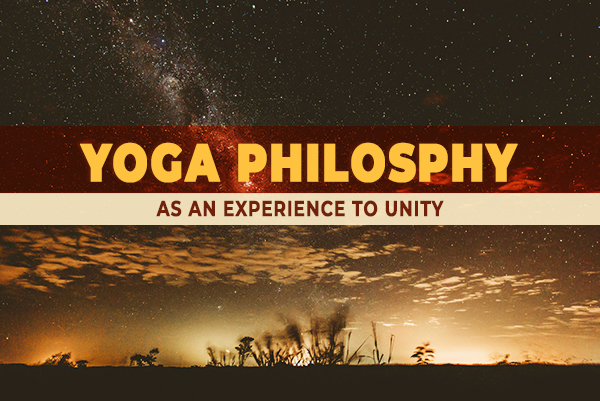
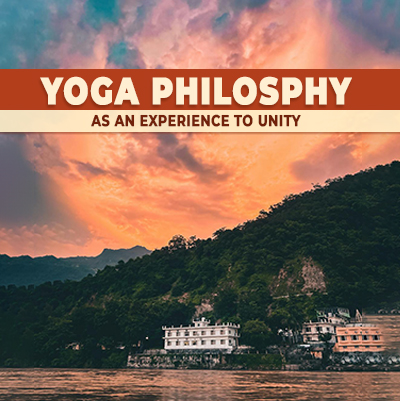
Table of Content
Introduction - Yoga As Universal Concept
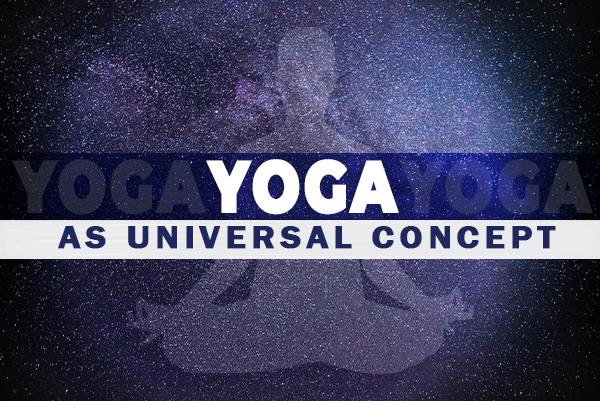
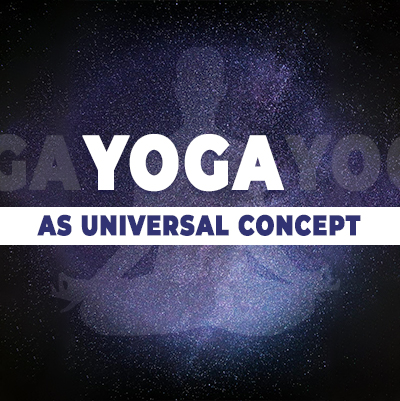
In a parallel world not so different from ours, there lived a seeker named Arya. Arya had always sensed there was more to life than the everyday hustle and bustle. He felt an underlying connection to everything around him, but he couldn't quite grasp its essence. One night, he met a wise sage named Kavya, who promised to unveil the true nature of reality to him.
As they sat under a starlit sky, Kavya began to speak, "Arya, what if I told you that everything you see, feel, and experience is part of a vast, intricate tapestry? This tapestry weaves through time and space, connecting every particle, every thought, and every emotion. This is the essence of yoga, the union that binds all existence."
Arya listened intently as Kavya continued, "Imagine our world as a grand symphony. Each note, each instrument, plays its part in creating a harmonious melody. Yoga is not just a practice of postures and breath; it is the recognition of this symphony. It is the realization that we are not separate entities but integral parts of a greater whole."
"From the moment you wake up to the moment you sleep, this union is happening all around you. When you breathe, when you think, when you interact with others, you are participating in this cosmic dance. This interconnectedness is the true nature of yoga."
Kavya's words resonated deeply with Arya. He began to see the world through a new lens. The trees, the rivers, the stars—all were part of a unified existence. The sage's voice softened as he delved into the history of yoga, "This understanding of union has been passed down through millennia. Ancient sages and seers discovered these truths through deep meditation and introspection. They realized that the path to enlightenment lay in acknowledging and embracing this universal connection."
"Yoga, in its many forms—meditation, pranayama, asanas, and philosophy—guides us to this realization. It exists at many layers of experience."
Yoga at 7 Layers of Existence
Yoga mirrors the universe's layers, shaping how we experience it based on our awareness. To those focusing solely on the physical body, yoga seems like a tool for fitness, aiming to maintain bodily health through exercises.
For intellectually inclined individuals seeking mental clarity and overall well-being, yoga extends into the realms of energy, mind, and intellect. It becomes a means to enhance both cognitive faculties and physical health.
Yet, for those on a spiritual path, yoga unfolds deeper meanings. It reveals the essence of existence through the exploration of the individual soul (Atmic Kosha) and the universal soul (Paramatmic Kosha), offering profound insights and spiritual fulfillment.
Hence, our Yogic masters developed practices to support people at different layers of awareness. Here is how reality is perceived according to yogic understanding:
-
1. Physical Level (Annamaya Kosha)
देहो देवालयः प्रोक्तः साधुत्वं योग उच्यते।
Translation: "The body is the temple of the divine; cleanliness and purity are termed as yoga."The Annamaya Kosha is the physical body (Sthool Sharir), existing at the most gross level. At this foundational level, yoga focuses on physical practices that involve various postures (asanas) designed to improve strength, flexibility, and overall health.
- Practices:
- 1. Asanas: Physical postures that help align and balance the body.
- 2. Pranayama: Breathing exercises that enhance lung capacity and improve circulation.
- Benefits: Increased strength, flexibility, improved posture, and overall physical health.
-
2. Energetic Level (Pranamaya Kosha)
प्राणो ब्रह्मेति व्यजानात्।
Translation: "Prana is Brahman."The Pranamaya Kosha is the energy body, existing at a subtle level. It encompasses the Annamaya Kosha and consists of the energy required for life (Prana), which flows through energy channels (nadis) and energy centers (chakras).
- Practices:
- 1. Pranayama: Control of breath to influence the flow of Prana.
- 2. Chakra Meditation: Practices to balance energy centers.
- 3. Nadis Cleansing: Techniques to purify energy channels.
- Benefits: Enhanced vitality, reduced stress, and balanced energy levels.
- Practices:
-
3. Mental Level (Manomaya Kosha)
मन एव मनुष्याणां कारणं बन्धमोक्षयोः।
Translation: "The mind is the cause of bondage and liberation for humans."The Manomaya Kosha also exists at the level of the energy body but at a more subtle layer. It holds the Pranamaya Kosha and is connected to the senses and the subtle aspects of the mind (Manas, Buddhi, Ahankara, also known as Sukshma Sharir that begins from this layer and remains up to Blissful body).
- Practices:
- 1. Meditation: Techniques like mindfulness and concentration to calm the mind.
- 2. Dharana: Methods of concentration to focus the mind.
- 3. Yoga Nidra: Deep relaxation practice to release mental stress.
- Benefits: Reduced anxiety, improved concentration, and emotional balance.
- Practices:
-
4. Intellectual Level (Vijnanamaya Kosha)
विज्ञानमानन्दम् ब्रह्म।
Translation: "Consciousness is bliss; Brahman is consciousness."The Vijnanamaya Kosha is a more complex and subtle form of the energy body, reflecting Chaitanya (awareness). It involves rational actions of the physical body and the understanding of concepts and decision-making processes.
- Practices:
- 1. Jnana Yoga: The path of wisdom and knowledge, which includes studying sacred texts (such as the Bhagavad Gita, Upanishads), philosophical discussions, and contemplation.
- 2. Self-Inquiry (Svadhyaya): Practices and self-study that encourage questioning and understanding of the self.
- Benefits: Greater insight, wisdom, and understanding of the self and the universe.
- Practices:
-
5. Blissful Level (Anandamaya Kosha)
सच्चिदानन्दरूपोऽहं अहमेवाऽहमव्ययः।
Translation: "I am of the nature of existence, consciousness, and bliss; I am indeed the immutable Self."The Anandamaya Kosha is the bliss body, which transcends suffering and pain, representing the highest spiritual level of experience.
- Practices: Bhakti Yoga, Karma Yoga, Raj Yoga.
- Benefits: Inner peace, spiritual fulfillment, and a sense of unity with the universe.
-
6. Atman or Individual Soul (Atmic Kosha)
आत्मा वा अरे द्रष्टव्यः श्रोतव्यो मन्तव्यो निदिध्यासितव्यः।
Translation: "The Self should be seen, heard, reflected upon, and meditated upon."This layer represents the individual soul or true self, beyond the physical, mental, and subtle bodies. It is the core essence of an individual.
- Practices: deep meditation (Raj Yoga), self-inquiry (Gyan Yoga), devotion (Bhakti Yoga), and selfless practices (Karma Yoga) aimed at self-realization.
- Purpose: To realize the individual soul here is like a ray (part of absolute reality) of the Sun.
-
7. Paramatman or Universal Soul (Paramatmic Kosha)
सर्वं खल्विदं ब्रह्मा।
Translation: "All this is indeed ParamAtma/Parva-Brahman."The Paramatmic Kosha signifies the connection to universal consciousness or the supreme soul, the ultimate reality and source of all creation. It represents the realization of oneness with the cosmos and the divine.
- Practices: All forms of yoga and practices become one at this stage.
- Purpose: To transcend individual identity and merge with universal consciousness, achieving unity with the divine.
Yoga in different schools of Thought
Vedic Scriptures
-
Rig Veda
Yoga in the Rig Veda is more about yoking or harnessing one's mind and senses to the higher purpose of realizing the self or connecting with the divine. It emphasizes the discipline required to achieve spiritual goals.
"युञ्जन्ते मन उत युञ्जन्ते धियो विप्रा विप्रस्य बृहतो विपश्चितः।"
Translation: "The wise yoke their mind and they yoke their thoughts to the illuminating self, to the vast, to the luminous in consciousness."
Upanishads
-
Katha Upanishad
Yoga is defined as the firm control of the senses and the mind to achieve a state of union with the divine consciousness.
तं योगं इति मन्यन्ते स्थिरं इन्द्रियधारणम्।
Translation: "This they consider Yoga: the firm restraint of the senses."
Bhagavad Gita
-
Bhagavad Gita
Yoga is described in several forms, including Karma Yoga (path of action), Bhakti Yoga (path of devotion), Jnana Yoga (path of knowledge), and Dhyana Yoga (path of meditation).
योगः कर्मसु कौशलम्
Translation: "Yoga is skill in action."
Samkhya Philosophy
-
Samkhya Philosophy
Yoga is considered the process of separating Purusha (consciousness) from Prakriti (matter) to achieve liberation.
पुरुषार्थः सख्यातिविमुक्तेः
Translation: "The purpose of Purusha is to attain liberation through discriminative knowledge."
Patanjali's Yoga Sutras
-
Patanjali's Yoga Sutras
Yoga is defined as the cessation of the fluctuations of the mind.
योगश्चित्तवृत्तिनिरोधः
Translation: "Yoga is the restraint of the modifications of the mind."
Jain Philosophy
-
Jain Philosophy
Yoga is seen as the sum total of all activities of mind, speech, and body.
सम्यग्दर्शनज्ञानचारित्राणि मोक्षमार्गः
Translation: "Right faith, right knowledge, and right conduct form the path to liberation."
Buddhism
-
Buddhist Yoga
Yoga in Buddhism is related to meditation and the eightfold path leading to enlightenment and cessation of suffering.
सम्यक् स्मृतिः सम्यक् समाधिः
Translation: "Right mindfulness, right concentration."
Advaita Vedanta
-
Advaita Vedanta
Yoga is seen as a means to achieve the realization of non-duality, where the individual soul (Atman) and the universal soul (Brahman) are one.
ब्रह्मैव सत्यं जगन्मिथ्या जीवो ब्रह्मैव नापरः
Translation: "Brahman alone is real, the world is illusory, and the individual soul is none other than Brahman."
Bhakti Yoga (Devotional Schools)
-
Bhakti Yoga (e.g., Vaishnavism)
Yoga is the path of loving devotion and complete surrender to God.
अनन्याश्चिन्तयन्तो मां ये जनाः पर्युपासते
Translation: "Those who worship me with devotion, meditating on my transcendental form."
Hatha Yoga
-
Hatha Yoga Pradipika
Hatha Yoga focuses on the physical practice and purification to prepare the body for higher spiritual practices.
हठस्य प्रथमाङ्गत्वादासनं पूज्यते मया
Translation: "Asana is the first limb of Hatha Yoga and is to be practiced for gaining steadiness, health, and lightness of body."
Tantra Yoga
-
Tantric Texts
Yoga is the union of Shiva (consciousness) and Shakti (energy), often involving rituals and meditative practices to awaken kundalini.
शिवशक्त्या युक्तो यदि भवति शक्तः प्रभवितुम्
Translation: "United with Shakti, Shiva is able to create."
Yogkulam’s Conclusion:
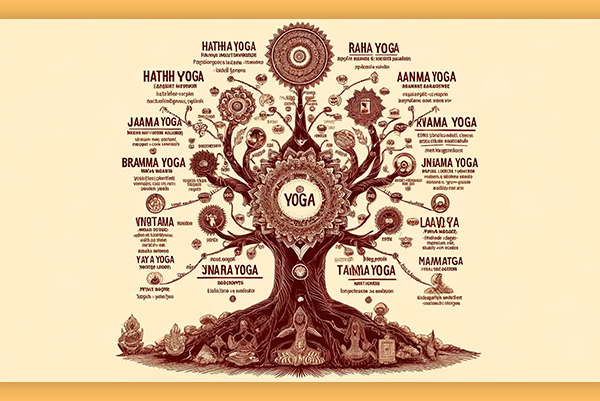
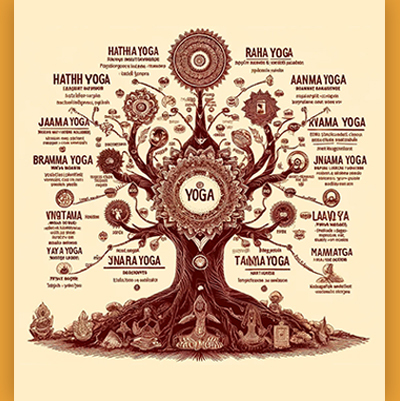
Yoga is about discovering unity and liberating ourselves from the cycle of karma. Various philosophies, like Vedanta, Samkhya, and others, share this core idea. They aim to teach us similar truths, despite using different paths.
We humans often get confused by the 'word' that creates a perception of separation. This concept is useful in everyday contexts and transactional actions, but it is less applicable when we are on the path of seeking.
For example, if Vedanta encompasses the essence of the four types of yoga, could we not say that Vedanta is simply another name for yoga? Similarly, teachings like Yin and Yang or Samkhya also lead us towards these universal truths.
Your journey might take a unique path, but the ultimate goal remains the same.
क्या आप योग में करियर बनाने को लेकर "Confuse" हैं?
Join Free Webinar By Maneesh Sir
- Know About Opportunities in the Growing Yoga Sector.
- Learn from a Yoga Teacher with Over 15 Years of Experience.
- Special Offer for Webinar Attendees.

